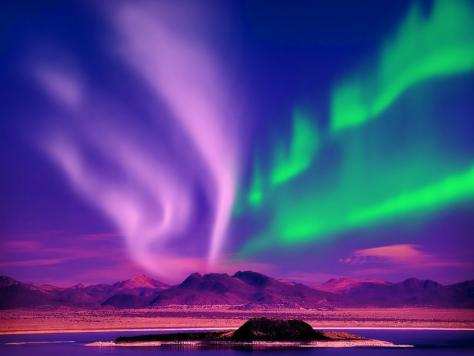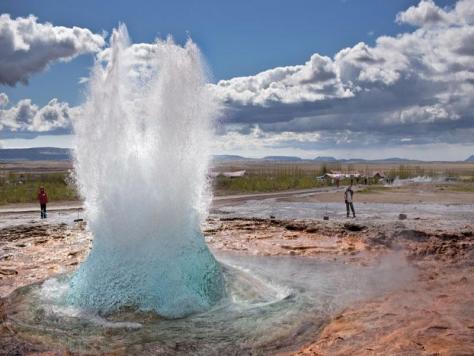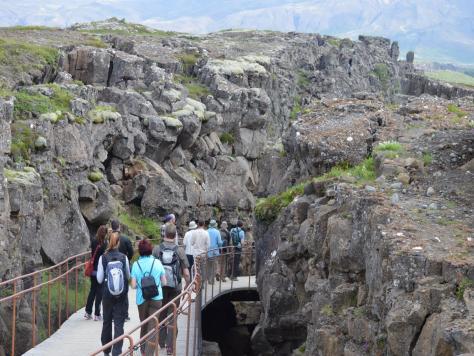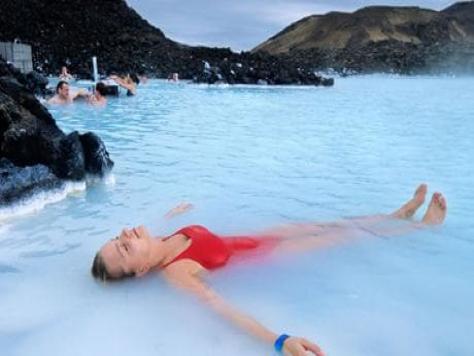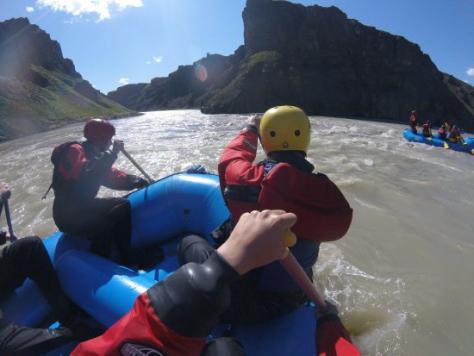Northern Lights in Iceland
Iceland, Europe
Includes
Meals
Transport
Pick-up & Drop
Activities
Accomodation
About The Activity
Soar like a bird over one of the most spectacular drop zones in the world with Skydive Dubai, the leading diving company in the emirate.
Step out of a plane at an altitude of almost 4,000 metres and enjoy the rush of the wind. The whole experience is a full-scale immersion of the senses. With instructors who have collectively logged well over 220,000 jumps, you'll be in good hands – and harnesses – as you jump above this iconic city. To make sure you remember the experience forever, a cameraman documents the fun.
The free fall lasts around a minute before your instructor pops the chute and you begin a leisurely five-minute descent. This is your time to take in the incredible views as you swoop over the Palm Jumeirah towards the landing turf. Want to skydive above the dunes, too? Skydive Dubai has a second drop zone in the desert, with a campus that's located about 35 kilometres outside the city.
The Northern Lights are actually the result of collisions between gaseous particles in the Earth's atmosphere with charged particles released from the sun's atmosphere. Variations in colour are due to the type of gas particles that are colliding. The most common auroral color, a pale yellowish-green, is produced by oxygen molecules located about 60 miles above the earth. Rare, all-red auroras are produced by high-altitude oxygen, at heights of up to 200 miles. Nitrogen produces blue or purplish-red aurora.
The connection between the Northern Lights and sunspot activity has been suspected since about 1880. Thanks to research conducted since the 1950's, we now know that electrons and protons from the sun are blown towards the earth on the 'solar wind'. (Note: 1957-58 was International Geophysical Year and the atmosphere was studied extensively with balloons, radar, rockets and satellites. Rocket research is still conducted by scientists at Poker Flats, a facility under the direction of the University of Alaska at Fairbanks - see web page http://www.gi.alaska.edu/
The temperature above the surface of the sun is millions of degrees Celsius. At this temperature, collisions between gas molecules are frequent and explosive. Free electrons and protons are thrown from the sun's atmosphere by the rotation of the sun and escape through holes in the magnetic field. Blown towards the earth by the solar wind, the charged particles are largely deflected by the earth's magnetic field. However, the earth's magnetic field is weaker at either pole and therefore some particles enter the earth's atmosphere and collide with gas particles. These collisions emit light that we perceive as the dancing lights of the north (and the south).
The lights of the Aurora generally extend from 80 kilometres (50 miles) to as high as 640 kilometres (400 miles) above the earth's surface.
